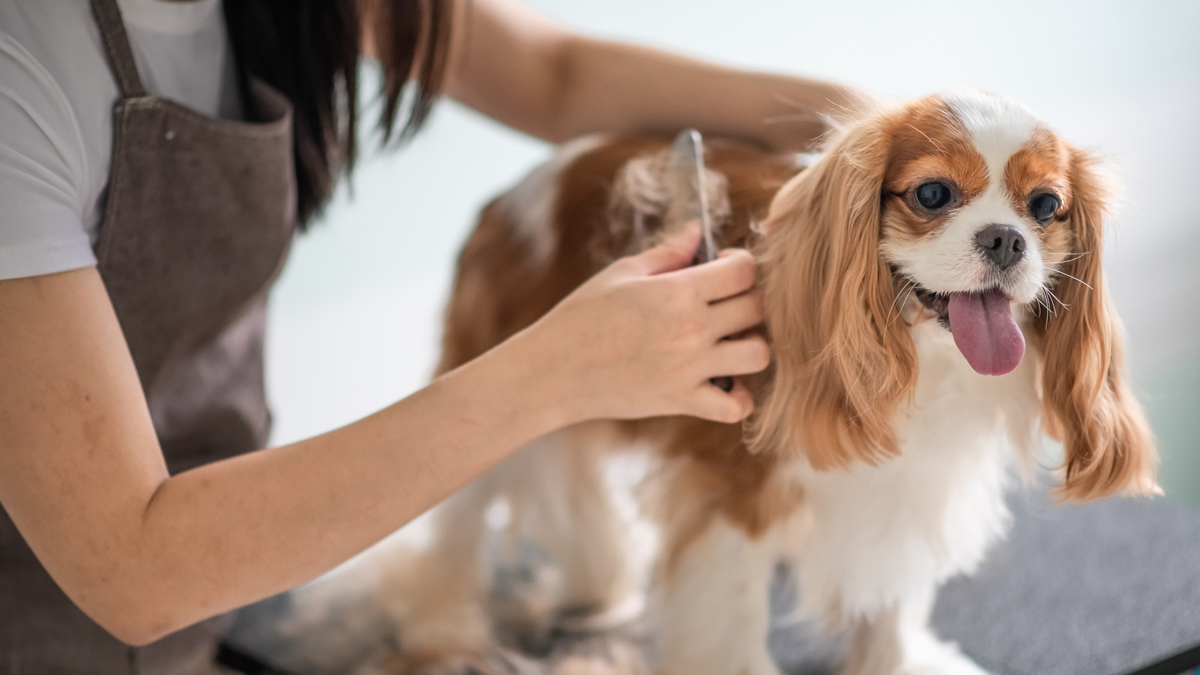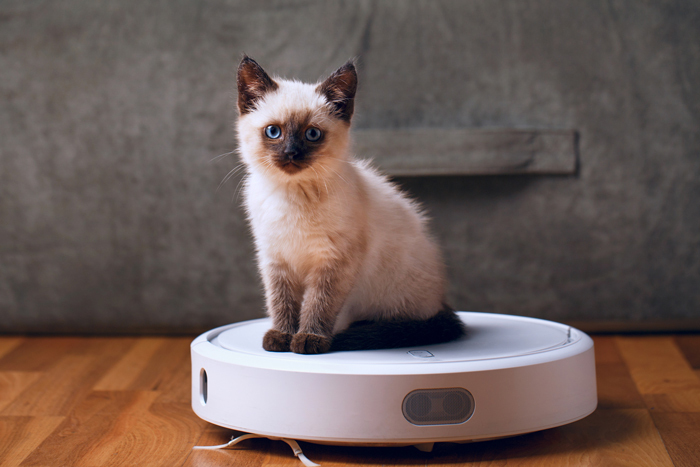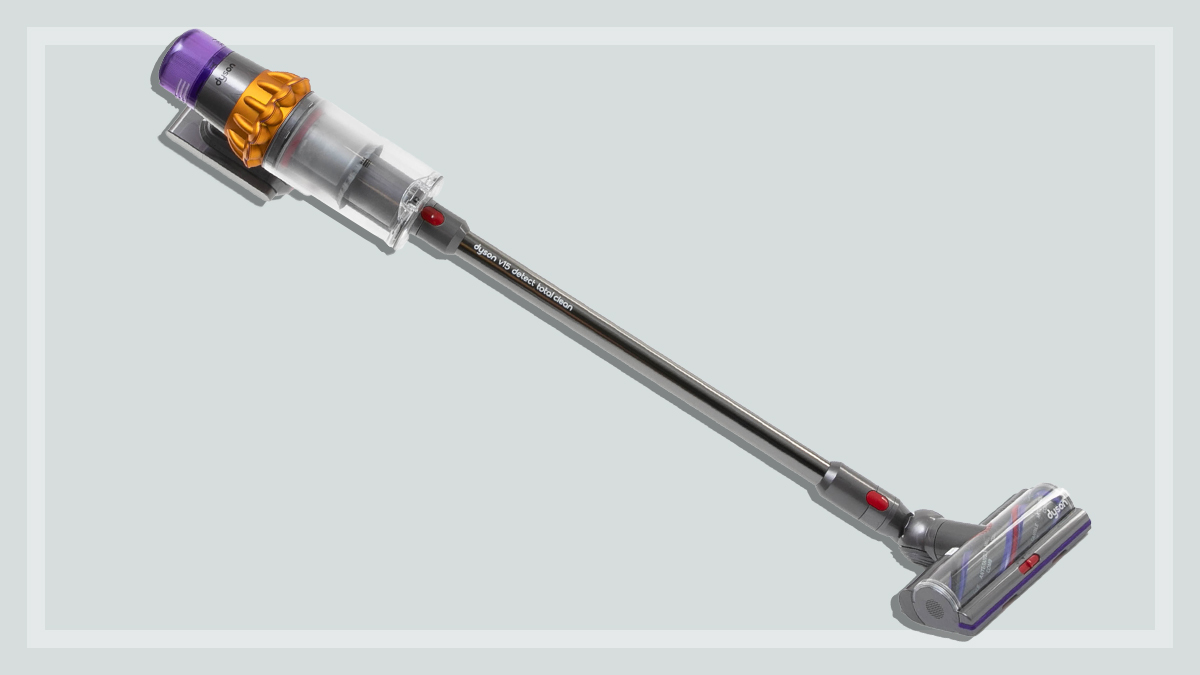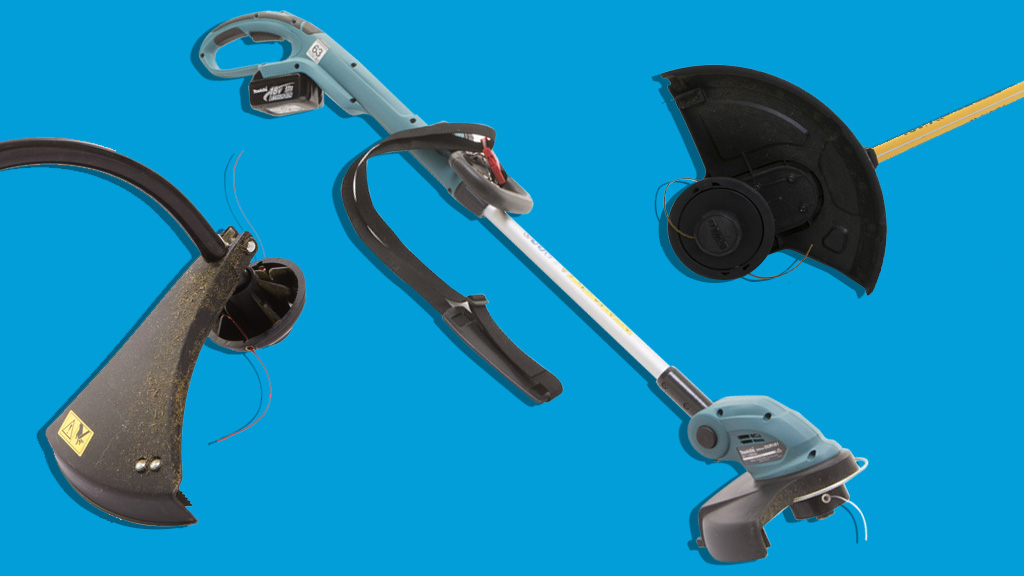Get our independent lab tests, expert reviews and honest advice.
How to get rid of pet hair at home

Not only can pets work wonders on our mental health, but for the majority of people, they become integral members of our families. In fact, according to a recent survey, three in five Australian households own a pet.
But as much as we love them, dogs have their downsides, cats their cons – and it’s called constant shedding. Yep, dog and cat hair, or dander, is the equivalent of glitter – it gets everywhere. On your furniture, clothes, floors – heck, even in your own hair.
Other than never wearing black again, what can you do to rid yourself of furry tumbleweeds and flyaway fluff? Read on for tips on how to clean up pet hair from your furniture, floors and clothes, plus some handy grooming tips.

How to remove pet hair from furniture
Use blankets (then your dryer)
If you’ve got a dog or cat who’s a couch pet-ato (geddit?), a designated blanket for them to lie on can help keep stains, smells and tufts of fur – especially on a fabric sofa – to a minimum. After all, it’s a lot easier to wash a throw than a couch. For a handy hack come laundry day, pop your hair-laden blankets in the tumble dryer for 10 minutes before washing. This will help loosen strands so they end up in the lint trap, ready to be disposed of. You could try adding a dryer sheet or dryer balls to help prevent static build-up (which can keep hair stuck in the fabric), too. Once done, give the blanket a shake, then wash as normal.
Grab your rubber gloves
Move over, dish duty: apparently rubber gloves are pretty great at removing pet hair, too. Pop a pair on, lightly wet them, then run them over your soft furnishings. The friction they create causes static energy, which attracts pet hair. Rinse off any debris and repeat as necessary.
Buy one of the best vacuums for pet hair
For ridding your furniture – and your carpets – of pet hair, one of the most effective options is a vacuum cleaner. However, some models perform better than others, especially in the animal arena. Check out our best vacuum cleaners for removing pet hair (all with 100% hair-removal ratings!), from a budget-friendly $349 up to a pricey $1299.

How to clean pet hair off floors
Consider a robot vacuum cleaner
Speaking of vacuums, a hands-free, robot model can do the dirty work for you, even when you’re out the house. If you’ve got hard floors at home, our tests found robot vacs do a reasonable job of maintaining fluff-free floors when run daily, although they’re no match for stick, barrel or upright vacuums in terms of suction power. We found that, while robots pick up a decent amount of fluff – including pet hair – on hard floors, they’re not great on carpets, and actually end up pushing dirt into the pile.
Sweep floors with a rubber broom
Hard floors at home? Make like a hairdresser and grab yourself a rubber brush. Not only are those soft, flexible bristles unlikely to scratch surfaces, but the electrostatic charge they create supposedly works like a magnet to attract fluff and fuzz. Smaller handheld options can also be effective on furniture or clothing.

How to remove pet hair from clothes
Use a lint roller (or sticky tape)
When you’re in a rush or need a no-mess solution, a lint roller can quickly and easily remove pet hair and rogue fluff from your clothes. Sticky tape also does the job in a similar fashion. However, tape-based methods not only rack up the dollars, but also aren’t very eco-friendly, so you may want to consider using a fabric clothes brush instead. These brushes have tiny fabric bristles that point in one direction which are designed to pick up lint, dander, and pet hair. They’re easy to clean and can be reused.
Spritz some anti-static spray
Some people swear by anti-static spray to loosen stubborn pet hair from your favourite threads, before going over with a roller or other hair removal method. It may also work as a preventative measure on soft furnishings by helping to stop hair from sticking to fabric in the first place. Just be sure to always do a patch test first before you start dousing everything in sight.
How to reduce shedding in pets
Get into a grooming schedule
Pets shed: fact. Since prevention is always better than cure, it pays to get grooming. “Grooming your pet regularly helps keep your home free from hair and dander,” says Sharon Hall, NSW grooming development manager for Petbarn. “While the skin and hair life cycle of pets may differ from one animal to another, a regular schedule will help remove any dead coat that would otherwise be left on your clothes, furniture and floors.”
Grooming your pet regularly helps keep your home free from hair and dander
Sharon Hall, NSW grooming development manager at Petbarn
Regardless of animal and their coat length, Sharon advises setting aside a weekly grooming session at home. “Speak to your local groomer about which tools are best for your pet’s needs,” she adds. “And, if you’re unable to find much time to groom at home, consider booking grooming appointments every four to six weeks to help remove excess undercoat and limit shedding at home.”
Regularly bathe your buddy
For canine companions, a regular bath can work wonders for your dog. “While regular brushing is essential, products such as detangling sprays and shampoos also help lift the hair and make removing that dead coat easier and more comfortable for your pet,” says Sharon.
And as for water-shy cats? “Cats that are mostly smooth or short-coated can maintain their own grooming needs if young and healthy,” explains Sharon. “If your cat has a longer coat, or is getting older, they may not be able to manage the workload themselves and will appreciate help to stay clean and matt-free, plus minimise furballs.”





